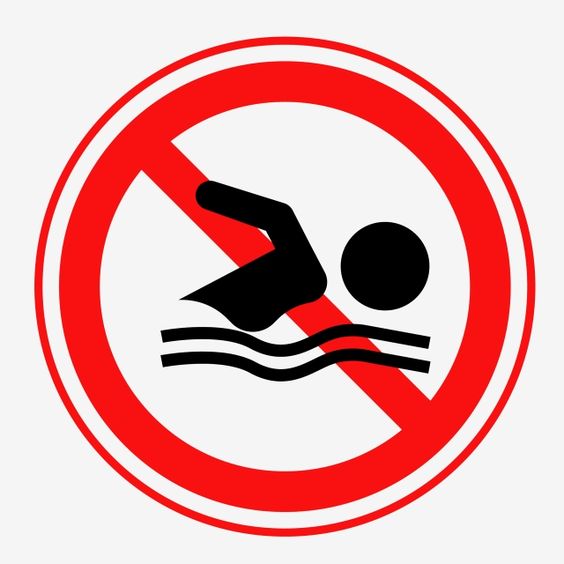Five Traditional Swimming Techniques we should abandon
There are certain swimming techniques which have been traditionally taught by many coaches for decades that we should seriously consider abandoning. These are not the controversial swimming techniques. There are plenty of those and they may be worth keeping. These are the swimming techniques that are just plain wrong. They need to go. Here is my top five list:
- Fingertips, wrist and elbow freestyle hand entry. This technique has been the traditional way of teaching the hand entry in freestyle. In other words, drive the hand down toward the water on the recovery, then extend it forward underwater. Some of the fastest swimmers in the world today, like David Popovici and Ahmed Hafnoui, and some from yesteryear, like Ian Thorpe, do the opposite. They drive their hands up, not down, during the arm recovery. That makes sense. The amount of drag from the hand moving through air is inconsequential compared to pushing it forward through the water.
- Eyes forward in the butterfly arm entry. This prevalent way of teaching butterfly technique is wrong. At The Race Club, we have measured the frontal drag of the head while it is tilted forward compared to when the chin is tucked down. Drag is lower with the chin tucked down. By tilting the head and looking forward at hand entry, not only is there more drag, but the swimmer also loses the opportunity of using the head as a coupling motion tool.
- Narrow the pull in breaststroke. It has been widely held that a wide pull in breaststroke leads to more drag. It doesn’t. With the shoulders elevating and the arms moving in a circular arc, the swimmer’s arms do not move forward once the hands separate past the shoulders during the out sweep. Drag only occurs with the body parts that are moving forward. Pulling widely generates more lift for the swimmer to elevate the upper body out of the water and leads to greater propulsion when the hands do turn the corner. This should happen when the arms are at about a 90-degree angle with one another. Turning the corner with the hands too early during the breaststroke pull causes the swimmer to lose propulsion and speed.
- Glide off the wall to hold your speed. Conventional teaching has been to glide off the walls on the turns to help hold the swimmer’s speed. It is not true. By immediately up kicking with the back of the legs and the bottom of the swimmer’s feet after the toes leave the wall, the speed is held better than by gliding. We have tested this technique seven times now, always with the same result. Compared to up kicking off the wall immediately, a short glide will slow the time to 5 meters by .1 seconds. A long glide will slow the time to 5 meters by .2 seconds.
- Sprint freestyle with the high elbow pull. Using a high-elbow pulling motion, also called early vertical forearm (EVF), makes great sense for any freestyle event over 100 meters. That pulling motion will help reduce frontal drag, which is crucial for any mid -distance or longer event. In a sprint, however, it is better to pull deeper, generating more propulsion, even if it causes more drag. For a short swim, we can handle the extra drag. We can’t get enough propulsion, however, from the EVF pull to win a 50-meter sprint.
Yours in Swimming,
Gary Sr.

